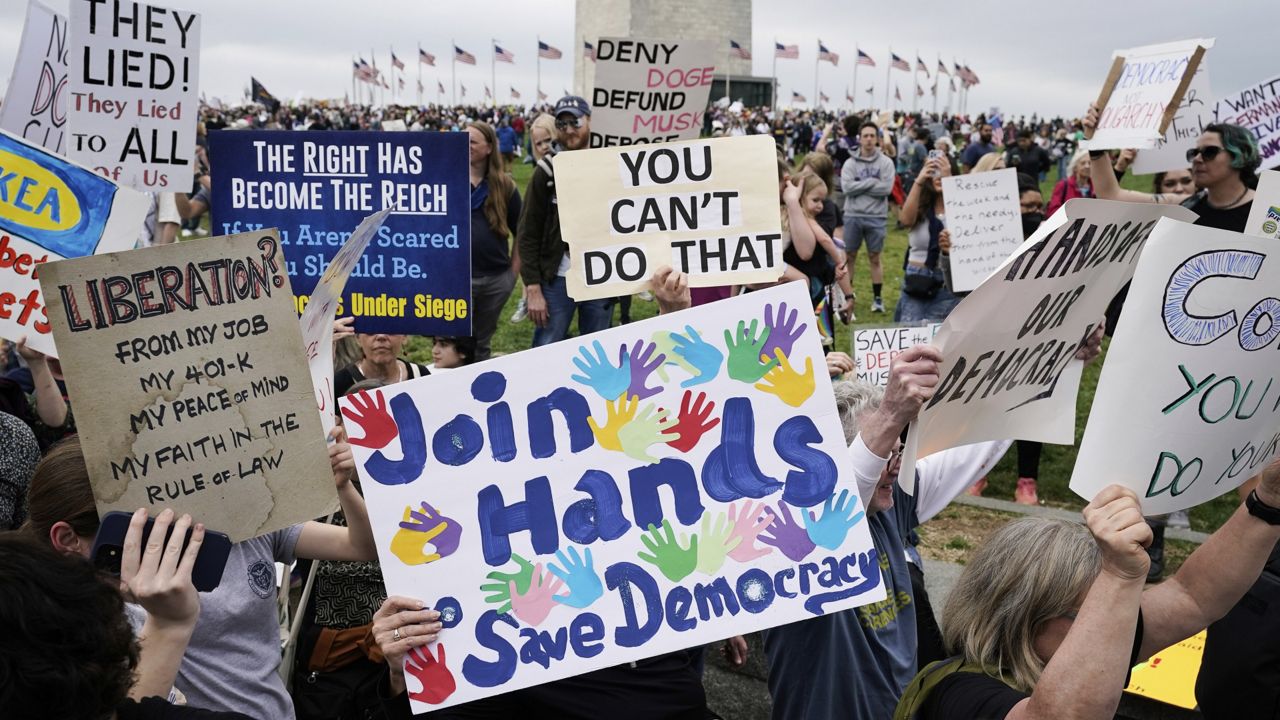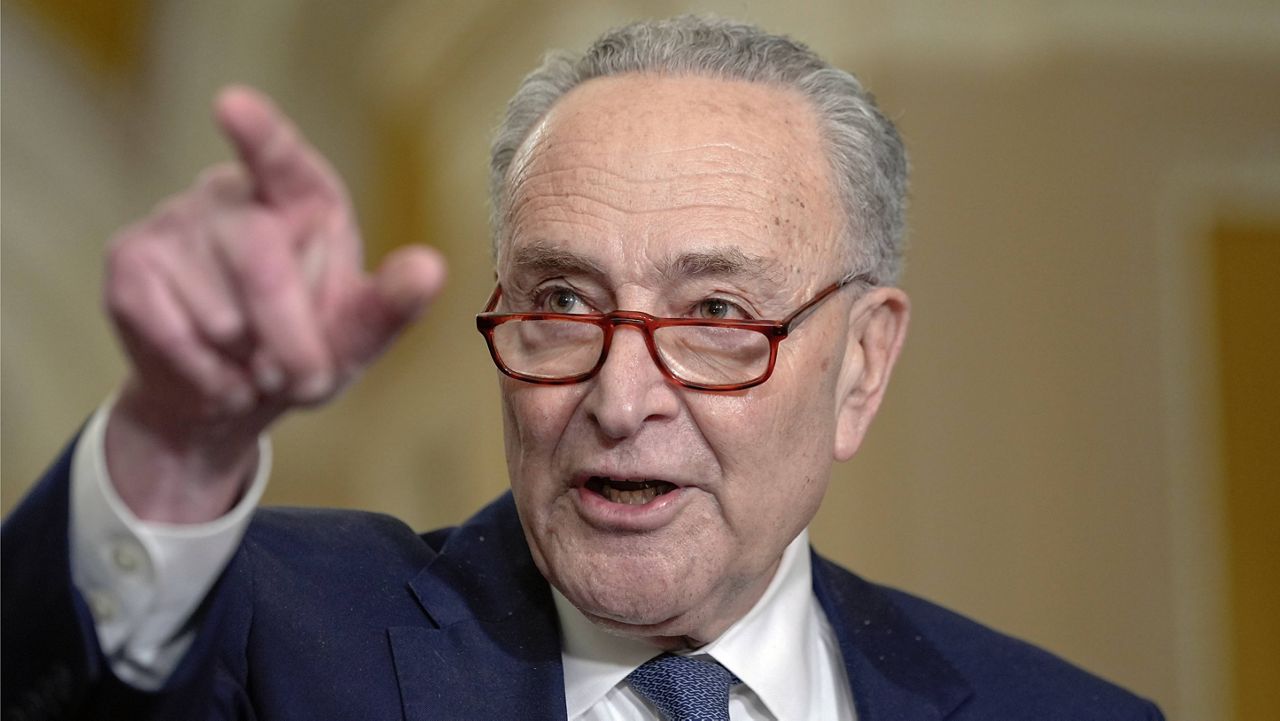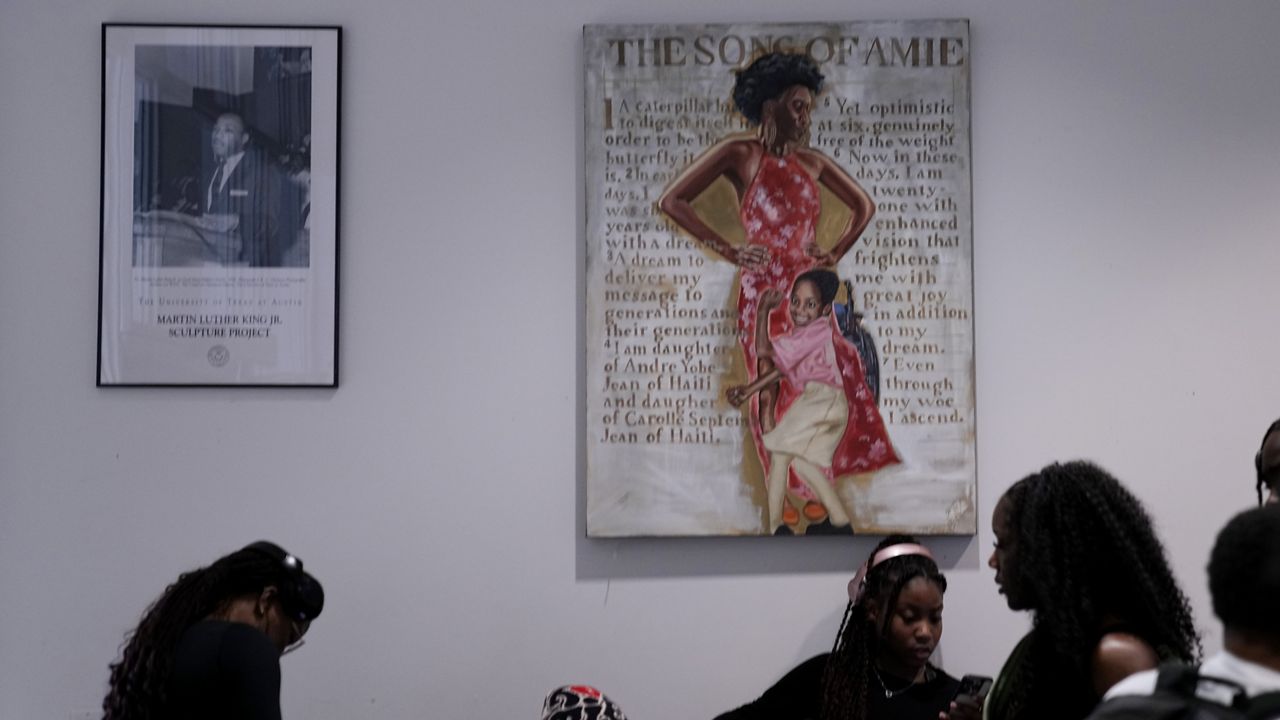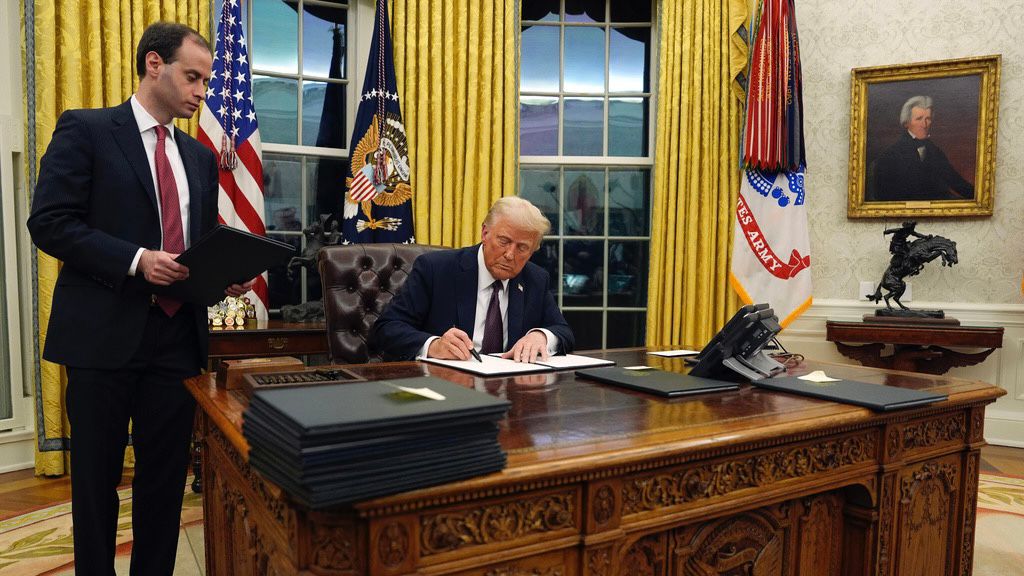The assassination attempt on former President Donald Trump earlier this month was the result of a "failure on multiple levels," Secret Service Acting Director Ronald Rowe Jr. said Tuesday during a heated Senate hearing about the shooting.
He acknowledged radio communications problems between local law enforcement and federal officials delayed the Secret Service response, allowing shooter Matthew Crooks to fire eight rounds, wounding the former President, killing one attendee and injuring two others.
In the 30 seconds between the time local law enforcement saw shooter Matthew Crooks on a roof with a rifle and fired his first shot at a Trump rally in Butler, Pa., on July 13, “information stayed in state and local channels and did not make it over to the Secret Service,” said Rowe, who took over leadership of the agency following director Kimberly Cheatle’s resignation last week.
Rowe said the Secret Service is currently investigating whether any of the agency’s protocols were violated on the day of the shooting.
“Based on what we know right now, neither the Secret Service counter-sniper teams nor members of the former president’s security detail had any knowledge that there was a man on the roof of the AGR building with a firearm,” Rowe said.
“It is my understanding those personnel were not aware the assailant had a firearm until they heard gunshots. Prior to that, they were operating with the knowledge that local law enforcement was working on an issue of a suspicious individual prior to the shots being fired.”
He said the Secret Service counter sniper killed Crooks within seconds after he fired his first shot and had “full discretion to use deadly force to stop an attacker and did not need to seek authorization to fire.”
Federal Bureau of Investigation Deputy Director Paul Abbate told the Senate committee the agency has conducted more than 460 interviews, searched the shooter’s residence and seized electronic media including phones, laptops hard drives and thumb drives to determine Crooks’ motive, potential co-conspirators, other people who may have had knowledge of the attack and to build a timeline of the shooter before and during the shooting.
He said the FBI had recently discovered a social media account that may have belonged to the shooter with 700 comments that “appear to reflect antisemitic and anti-immigration themes to espouse political violence and are described as extreme in nature.”
The FBI is working to verify the account. The agency has also found email accounts for Crooks but has not been able to access them because the information is encrypted. Abbate said the FBI is investigating the attack as both an assassination attempt and an act of domestic terrorism.
Abbate said Crooks flew a drone approximately 200 yards from the farm show grounds where the rally was scheduled to take place for about 11 minutes at 3:51 p.m. — a little more than two hours before the rally began. The drone and its controller were found in Crooks’ car after the shooting, but no photos or video were captured.
The Secret Service was supposed to deploy a counter drone that day at 3 p.m. but it wasn’t operational until about 5:20 because of cellular bandwidth problems. Rowe said he had no explanation for why there was no backup plan for its dependence on local cell service in a rural area.
“We could’ve maybe stopped him,” Rowe said, adding that he had lost sleep over the issue. “Maybe on that particular day, he would’ve decided this isn’t the day to do it because law enforcement just found me flying my drone.”
According to the FBI, the first time law enforcement reported seeing Crooks was at 4:26 p.m., who reported him as a suspicious person at 5:10 p.m. At 5:14 a local SWAT officer took a photo of Crooks. Aat 5:32, the SWAT officer saw the shooter with a rangefinder next to the building he would later climb to get on the roof.
At 5:38, the photo of the shooter was sent to a SWAT text message group, and the Secret Service command post was notified of a suspicious person. Abbate said officers lost sight of Crooks between 6:02 and 6:08 pm. At 6:11 p.m., a local police officer was lifted onto the roof by another officer, saw the shooter and radioed that he was armed. Crooks began firing within the next 30 seconds.
Abbate said the agency had no definitive evidence for how Crooks got the rifle on the roof.
“We do believe he likely had it in the backpack. We don’t have anyone who observed him with the backpack,” Abbate said, adding that the rifle would not have fully fit in the backpack Crooks was wearing unless it was broken down and reassembled on the roof. The FBI is investigating that theory.
Refuting a conspiracy theory that Trump had been hit by shrapnel, Abbate said, “There is absolutely no doubt in the FBI’s mind whether former President Trump was hit with a bullet and wounded in the ear. There never has been.”
Several Senators, including Lindsay Graham, R-S.C.., and Josh Hawley, R-Mo., called for the Secret Service to dismiss whomever failed to intervene before Crooks began shooting.
The assassination attempt “could and should have been prevented,” Sen. Gary Peters, D-Mich., said. “The American people deserve to know what went wrong, and they deserve accountability for the security failures that day.”
He demanded that the Secret Service make its agents available for interviews within a matter of days, to which Rowe agreed.
The acting Secret Service director said the agency has already initiated a disciplinary investigation and a policy review.
Rowe said he has taken multiple steps since his appointment as acting director to prevent similar lapses from occurring in the future, including ensuring that every security plan is vetted by multiple experienced supervisors, expanding the use of drones to help detect threats and improving radio communications between federal, state and local law enforcement.










